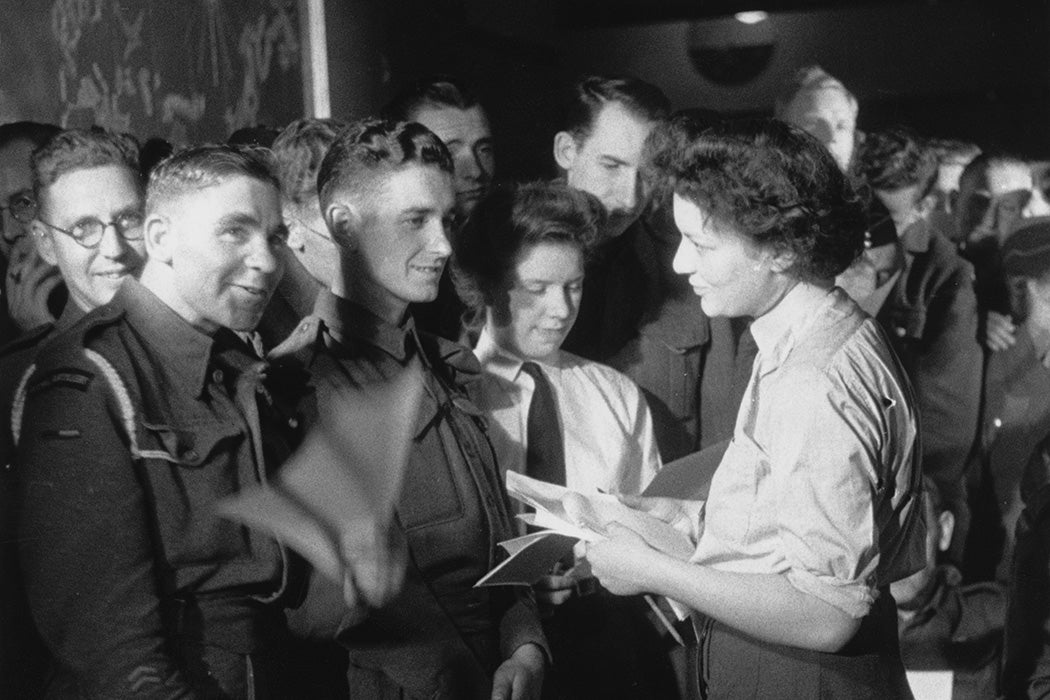When historians look back on this pandemic, what will they be able to say about our daily lives? Will they understand the way horror and grief lived side-by-side with cabin fever and jokes about toilet paper? The British organization Mass Observation is working to ensure that they will, by inviting the British public to keep a record of everything they do all day on May 12, known as Mass Observation Day.
Mass Observation began in 1937 as the project of anthropologist Tom Harrisson, artist Humphrey Jennings, and writer Charles Madge. They aimed to create an “anthropology of ourselves,” combining professional fieldwork with diaries and questionnaires submitted by volunteers. For the next thirteen years, Mass Observation recorded the experience of the British public over the course of World War II and its aftermath. In 1981, it was revived again.
In some cases, researchers used Mass Observation methods to study particular issues. A 1945 paper by a researcher named J.G. Ferraby described an investigation into British families’ birthrates using surveys and interviews. The project sought accuracy in the face of stigmas that might deter respondents from telling the truth. For example, the researchers decided not to conduct interviews in small villages, where they believed people would be disinclined to speak frankly. In larger towns, Ferraby writes, “the same repression does not exist, as was demonstrated by the number of women who admitted to a totally strange interviewer that they got married because they had to.”
Dorothy Sheridan, who directed the Mass Observation archive from 1990 to 2008, explained in a 1993 paper that the volunteer writings collected there are tremendously varied. Some writers deliberately limit themselves to “objective” reports of other people’s activities, while others take a more internal approach. The same volunteers may write to Mass Observation for years.
“The result of this process is the accumulation of layers of autobiographies,” Sheridan writes. “There is a depth to the layers which is the result of the passing of time; shifts occur because of changes in the person’s life but also because they are growing older.”
For the most part, Sheridan writes, Mass Observation volunteers seem to be earnestly committed to contributing to a record of ordinary life that future generations can learn from. Yet many are also clearly motivated by a desire to preserve something of themselves.
Weekly Newsletter
“To sustain the output of writing over years, to contribute, in some cases, hundreds of pages of writing, must fulfill a deep and enduring need to ensure that a version of self, possibly a more attractive self, can be sloughed off at intervals and packed safely off to the Archive to maintain an autonomous existence ‘for posterity,’” she writes.
The diaries Mass Observation collects this year won’t present an “objective” view of the COVID-19 crisis. They’ll represent the observations of individuals with their own ideas about how to represent their lives. But that subjectivity is an inherent part of what it means to accurately portray what living at a particular time and place is like.
Support JSTOR Daily! Join our new membership program on Patreon today.







